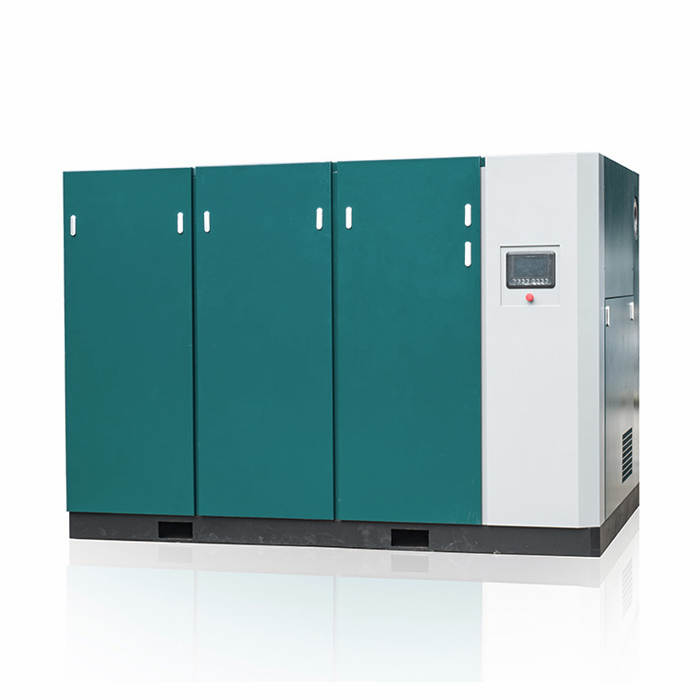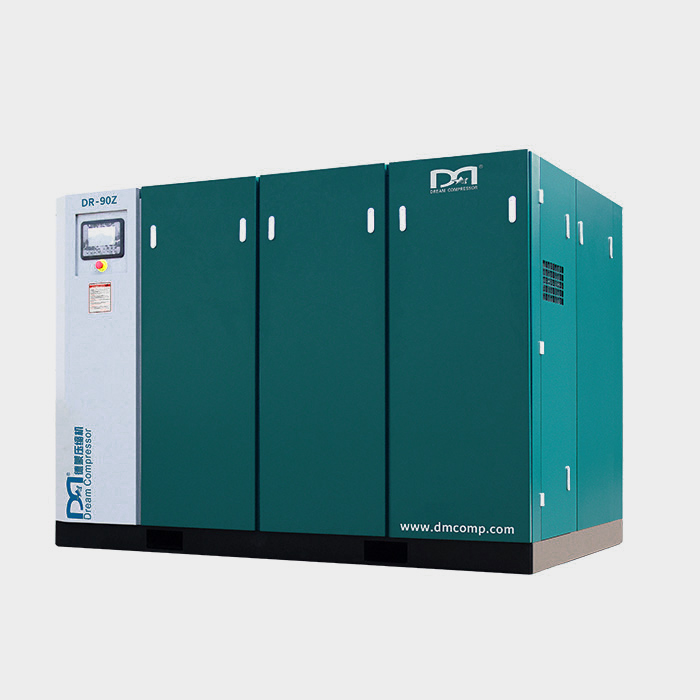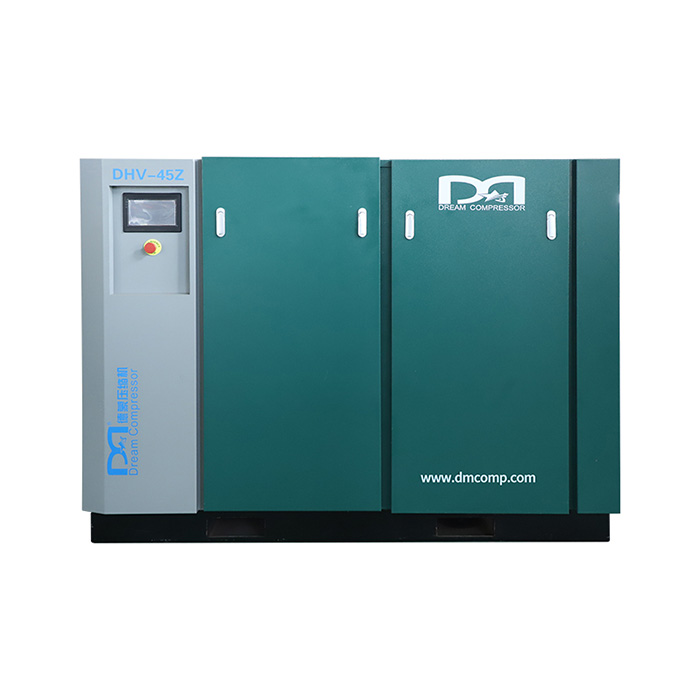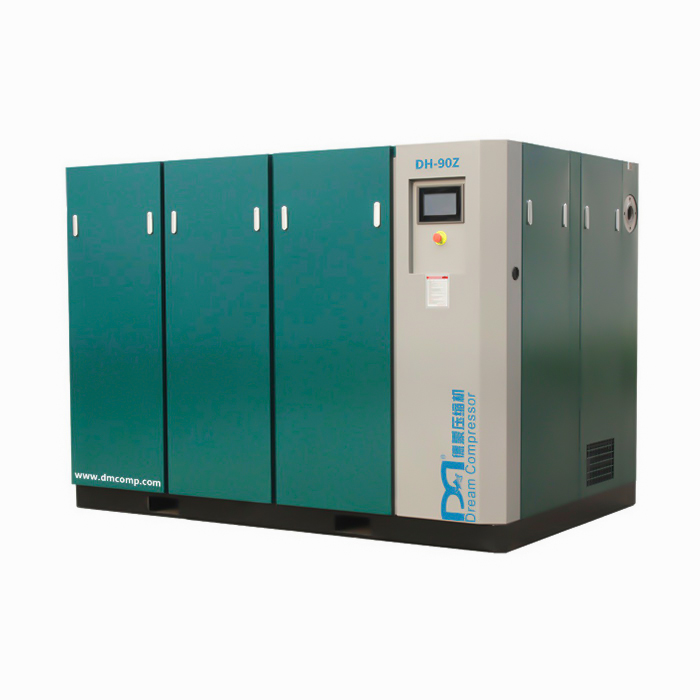Air compressors are versatile energy solutions that form the backbone of many industries. With the proper care, you can keep your air compressor running smoothly for years to come. Overall, the biggest threats to air compressors are water and rust. Over time, a rusting tank can become over-pressured and dangerous. At Quincy Compressor, we’re here to teach you why rust forms on your air compressor as well as how to clean it to keep your workers safe.
Why Rust Forms on Your Air Compressor
At the beginning of an air compressor’s product life cycle, the machine has little to no water inside of it. However, as you begin using your air compressor more often, the chemical reaction between hydrogen and oxygen produces water that interacts with the iron inside your air tank. The longer you’ve been running your air compressor, the more water it probably contains. A majority of this condensation leaves the tank through the nozzle, but around 10% tends to condense and turn into liquid in the tank.
Your tank may look spotless and healthy on the outside, but as long as there is water inside the tank, the tank’s integrity may be compromised. Rust is a highly corrosive chemical reaction byproduct that eats away at the integrity of your tank and causes small punctures that allow air to escape. Once the integrity of your tank has been compromised, it must be replaced to ensure workplace safety.
If you have noticed excessive condensation in your tank, you should replace your rusting air compressor. You cannot remove rust from an air compressor, and sanding away rust damages the integrity of the tank and increases the risk of danger.
How to Prevent Rust in an Air Compressor Tank
Since rust causes irreversible damage to air tanks, prevention is the best way to keep your tank healthy and yourself safe. The most effective way to prevent rust in your air tanks is to drain each tank regularly after every operation. This process helps eliminate the condensation that’s pooled at the bottom of the tank. After draining, leaving the valve open for a couple of hours will allow the inside of the tank to dry out.
Another way to help prevent rust is with the addition of an aftercooler. Aftercoolers attach to your air tank to stop water vapor before it enters the tank. An aftercooler acts as a filter that gathers warm air and cools it down. This technique prevents moisture from occurring in the first place and helps eliminate the heat that detrimentally affects equipment sealing and lubrication. For optimal effect, your aftercooler should be attached as closely as possible to the discharge of the compressor.
No matter what equipment you use to keep your air compressor rust-free and safe, always make sure to keep routinely checking the vessel for water and rust. Even if you have an aftercooler, you should still check the tank for vessel integrity to uphold the highest safety standards possible.









